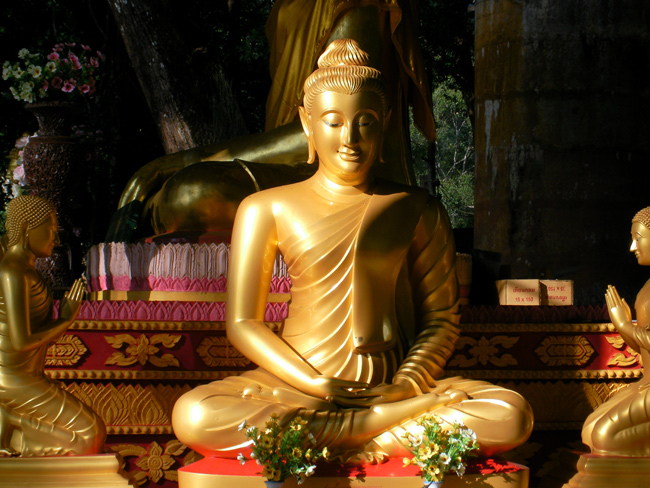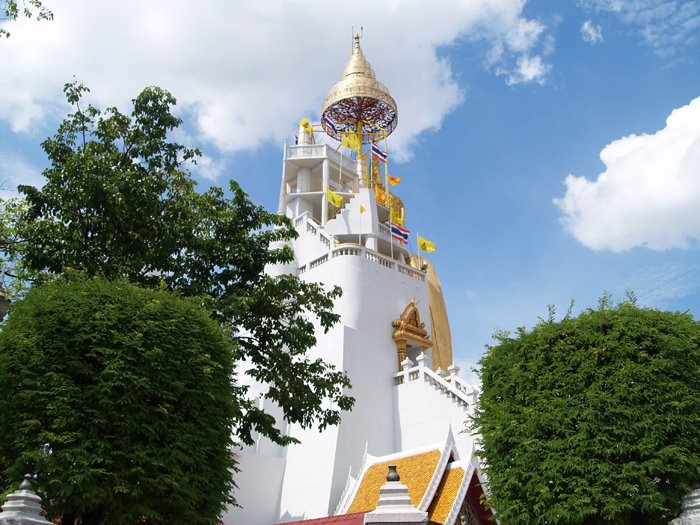In this article we will touch upon some basic concepts and ideas not so commonly discussed in Buddhism. Often taken purely metaphorical, these ideas appear in some important Buddhist texts, so we should be familiar with them.
The Buddhist view on Cosmology is the one of infinite space, infinite time, and more than 30 realms or worlds inhabited by beings of different degrees of development, power, knowledge, and consciousness.
Even though there is no systematic cosmology in Buddhism, we can find some common concepts present in all main schools of Buddhist thought and philosophy.
By the way, we should mention what the main schools of Buddhism are: Theravada Buddhism, Mahayana Buddhism, and Vajrayana Buddhism.

Please note that some cosmological ideas have been adapted from the Vedic texts and Indian cosmology.
The main principles of Buddhist cosmology are:
- The cause of the existence of the Universe is in the principle of Pratītyasamutpāda or dependent origination.
- The Universe is limitless, both temporally and spatially.
- All beings in the Universe are born and reborn in different realms of existence depending on their past Karma. The ultimate aim is to escape this endless cycle by reaching final liberation – Nirvana.
- There are various levels of existence in a hierarchical order.
Different Types of Beings
While considering the different realms of Buddhist cosmologz, we can distinguish several types of Beings. These beings are Devas, or god-like individuals, Asuras, or titans, or demigods, Narakas or demons, Humans, Animals, and Ghosts.
All beings, even the most advanced ones, live in a state of illusion, samsara. Because of that they are not free from the laws of karma.
The main Deities in Buddhist mythology are:
Brahma, the supreme Deva. Indra, the major Deva, Prajna, the goddess of knowledge, Mara, the deva who tempted Buddha on the path of His enlightenment, Gandharvas, angelic beings.
Not too unlike the metaphor of the mountain Olympus from where the Greek god Zeus ruled the other gods and humans, Buddhist people also keep an image of Mount Meru, at whose peaks the land of the Buddha resides.
The Devas are found on the upper slopes, the titans are on the lower slopes. The plains around the mountain Meru are reserved for the humans and animals. The ghosts live below the surface, whereas the hell is deep down into the earth.
Let’s now consider the different realms of existence:
31 Levels of Existence
Throughout the sacred texts of Buddhism, we find reference to 31 realms of existence. That means Buddhism knows of as many as 31 levels of existence. Here we find a vast range of worlds, starting from painful hell-like realms to the most refined heavenly worlds.
However, Buddhism knows of no lasting heaven or hell. They are all temporary. Beings are born there, live a particular period of time, and then they move on to another world, according to their karma.
A being can be incarnated in any of them. It is believed that most of us during the course of cosmological time incarnate in most of these levels.
A basic division of these levels is in three groups:
- The levels of sensual existence (material levels). The sense world is also called kama loka. Here we have 11 worlds, and seven of them offer favorable existence, including our Earth and some other realms inhabited by more advanced beings (Devas). The lowest four realms are unfavorable, hell like realms.
- The levels of pure form (subtle material levels). These fine material realms are called rupa loka. Here we have 16 worlds with relatively blissful existence and mental and emotional pleasures. The beings incarnated here have bodies of light, while the highest four realms are the pure abodes.
- The formless levels. These immaterial worlds are also called arupa loka (loka means world). Here we have four worlds in total.
The lowest levels are the levels of sense existence, inhabited by individuals with physical senses and cognition. This group has a higher and lower division. In the lower division (various hells), there are unfavorable incarnations as a result of various misconducts, like killing or greed in the previous incarnations. In the higher division, wherein we also can include our present human existence, there are also realms of the various Devas in the sense-based heavens.
The middle levels are the levels of pure form. These are also heavenly worlds of higher Devas. The Buddhist teachings state that beings born here have only 2 senses (hearing, and sight), rather than the usual 5.
To be born in the middle levels means spending your previous lives in meditation, stilling your mind, practicing concentration and contemplation. The highest of the middle levels (also known as pure abodes). Pure abodes are reserved for those who have attained high stages of enlightenment, or awakening, or are just about to reach enlightenment (nirvana).
The most sublime realms of existence are found in the formless worlds. The beings present here are distinguished by their pure consciousness and independence from any bodily form.
Arupa-loka
The highest four realms are as follows:
The realm of “Neither-perception-nor-non-perception“.
Next comes the Nothingness.
The 29th realm is the Infinite Consciousness and bellow is
the Infinite Space.
Rupa Loka
The next 16 realms are the following:
Pure abodes (5 in total):
Peerless Devas,
Clear sighted,
Beautiful Devas,
Untroubled Devas, and
Devas not Falling,
Next we have the Unconscious beings, and then come the beings who enjoy different degrees of bliss:
Very Fruitful Devas,
Devas of Refulgent Glory,
Devas of Unbounded Glory,
Devas of Limited Glory,
Devas of Streaming Radiance,
Devas of Unbounded Radiance,
Devas of Limited Radiance,
Great Brahmas,
Ministers of Brahmas, and
Followers of Brahmas.
Kama-loka
Happy Places
Here we have Devas with power of the creation of other beings. They enjoy the pleasure created for them by others.
Next are the Devas that enjoy in Creation of their own objects,
Contented Devas who enjoy pure bliss and cheerfulness, and
Yama Devas who live liberated from any difficulty,
Sakka who are devotees of Buddha, and
Devas of the Four Great Kings, who possess different degrees of purity.
The fifth realm is reserved for Human beings who strive to develop virtue and wisdom.
Unhappy Places
In the lower realms we find the Ausaras, demons who are in constant conflict with each other,
Hungry Shades, ghosts who are without hope and who wander lost in search for sensual pleasures,
Animals, and
Hellish beings, who suffer great pains in this temporary condition.
Cosmological Time in Buddhism
Kalpa is the basic unit of time in Buddhist cosmology. One kalpa is 4,320,000,000 years. It takes exactly one kalpa for the world to come into being, evolve, and dissolve into emptiness. After a period of inactivity, it all starts all over again.
Conclusion
We all go through life in a unique world created by our preconceptions, beliefs, and karmic circumstances. Our own subjective reality paints how we look at the objective reality. In order to be able to look at the truth as it is, we have to climb the ladder of personal and spiritual development and expand the faculties of the mind, such as, mental clarity and objectivity. Then, all our subjective mental barriers will be destroyed and the Universe we see is going to be different. That also means choosing a higher level of existence in our next incarnation.
Photo courtesy of hubblesite
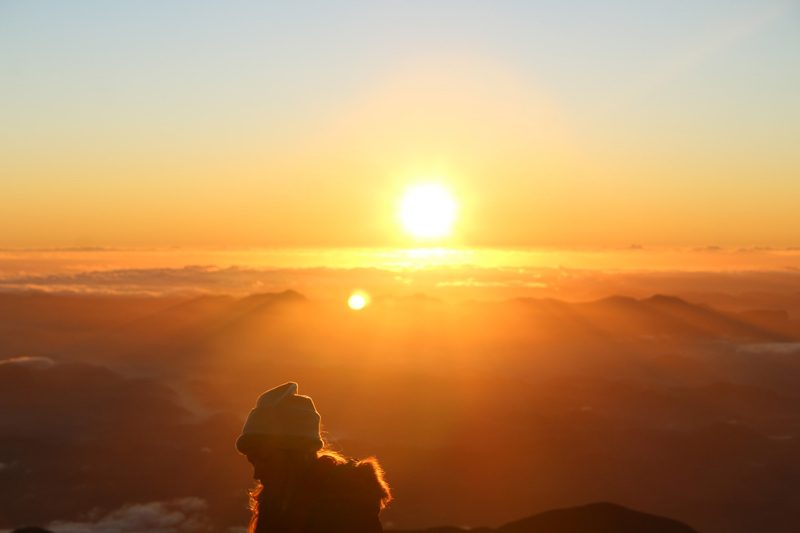
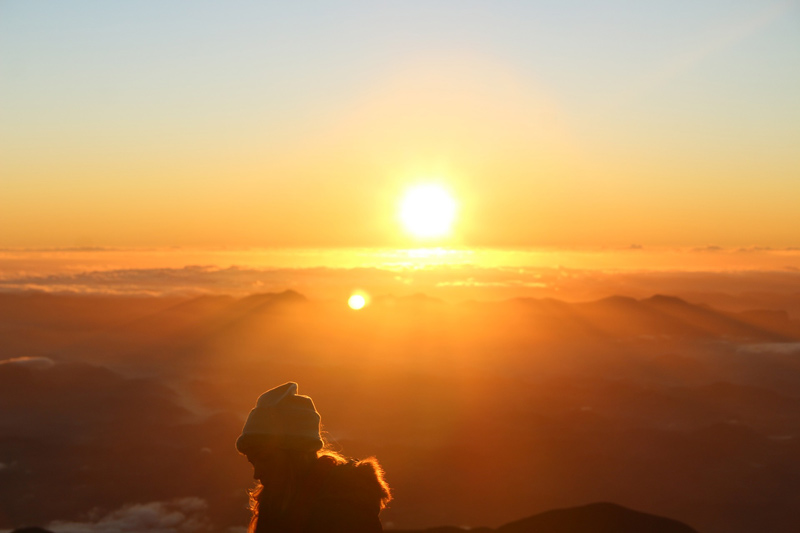
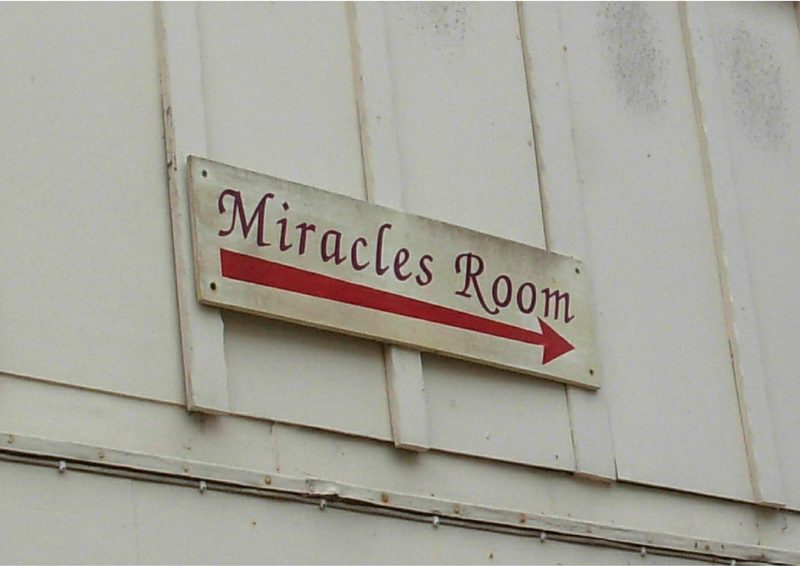
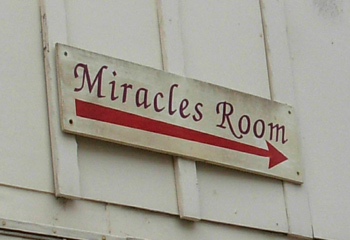 There is a nice story that illustrates the attitude of Gautama Buddha toward the tendency of some people to strive for miraculous powers in their
There is a nice story that illustrates the attitude of Gautama Buddha toward the tendency of some people to strive for miraculous powers in their 